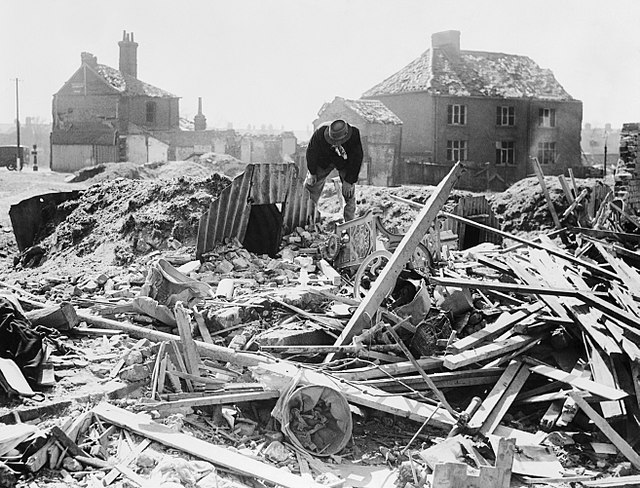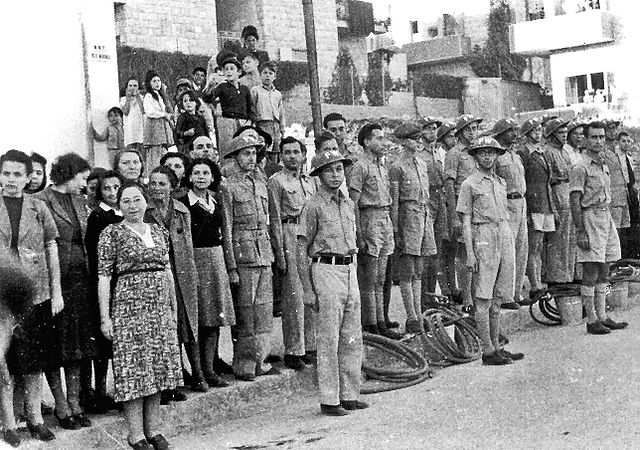Duck and Cover is a 1952 American civil defense animated and live action social guidance film that is often mischaracterized as propaganda. It has similar themes to the more adult-oriented civil defense training films. It was widely distributed to United States schoolchildren in the 1950s, and teaches students what to do in the event of a nuclear explosion.
A frame from the film, where Bert reacts to the threat of the firecracker
The adult-orientated Survival Under Atomic Attack issued in 1950, pre-dated the release of Duck and Cover in 1951–52. The Booklet was accompanied by a companion film by the same name.
Civil defense or civil protection is an effort to protect the citizens of a state from human-made and natural disasters. It uses the principles of emergency operations: prevention, mitigation, preparation, response, or emergency evacuation and recovery. Programs of this sort were initially discussed at least as early as the 1920s and were implemented in some countries during the 1930s as the threat of war and aerial bombardment grew. Civil-defense structures became widespread after authorities recognised the threats posed by nuclear weapons.
British First World War poster, bringing attention to the threat posed by aerial bombardment from German Zeppelins
Air Raid Warden testing his equipment in Brisbane in October 1942
Anderson shelters were widely distributed in the United Kingdom by civil defense authorities, in preparation for aerial bombardment.
Jewish Civil Defense group in Jerusalem in 1942. The group served as ARP Fire Wardens, equipped with water hoses and buckets, some wearing FW (Fire Watcher) Brodie helmets. Men are in uniform while women wear plain clothes. Composer Josef Tal stands next to the woman with a black sweater.






